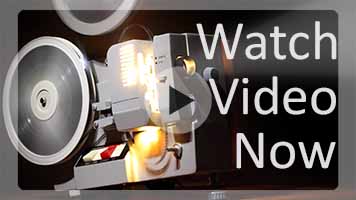Systems thinking isn’t so much a model of change but is instead a way of thinking about changes differently. Instead of thinking about a single, linear, causal relationship between events, systems thinking encourages us to think about how the system operates as it feeds back on itself.
Stocks and Flows
The starting point for working with systems is that they’re composed of stocks, flows, and feedback loops. We’ll cover feedback loops next, but for now we need to consider the accumulation and expenditure of resources. Stocks hold the reserves of the resource and flows cover the migration of the resources into and out of the stock.
For instance, when mapping the system of keeping a house warm, the stock would be the house’s current temperature. There’s a flow out from the room to the outside through thermal transfer. There’s also a flow in of temperature from the furnace when it’s engaged. A thermostat regulates when the furnace, and therefore its flow, is active and when it’s not.
Feedback
Feedback is how a system regulates itself. A thermostat serves a regulating function by engaging the furnace when the temperature is too low. Presumably, the heat from the furnace is larger than the flow out of the room to the outside, and therefore the thermostat turns off the furnace to prevent the room from becoming too hot.
If the thermostat fails, the system will eventually reach equilibrium because the rate of heat loss (the amount of the flow) is based on the differential in temperature between the inside and the outside – as mitigated by the amount of insulation. Eventually, the fixed maximum output of the furnace will match the variable loss.
These balancing feedback loops cause a system to achieve equilibrium. However, the opposite case occurs if there are reinforcing loops without other loops to balance them out – or when those balancing loops don’t have enough power to stabilize the system.
Consider compound interest, which Einstein called the 8th Wonder of the World. If you have an investment account that has a good growth rate, say 8%, and no withdrawals, the account will eventually generate a large amount of growth. Take a $100 investment, and you’ll have $108 after a year; but after 40 years, you’ll have $2,175.45 – that’s compound interest in action. Positive feedback loops cause systems to run away and become unstable, which is generally bad. However, many entrepreneurs actively look for positive feedback loops to drive their growth and, ultimately, their ability to rapidly grow their organizations.
Delays
One of the most challenging aspects of systems thinking are delays. The time between the system adjusting to a change and when the results of those adjustments are seen can also destabilize a system. Consider our heat example again. What if the thermostat didn’t trigger a furnace but instead notified someone to start a fire in the wood stove? Starting a fire in a woodstove is a process. It’s 20-30 minutes before you get any appreciable heat into the room. Thus, there’s a long delay and the potential that the room will get much colder before the wood stove starts to heat the room. Conversely, once the room has reached the desired temperature, you can’t just shut off the wood stove, you need to allow it to burn out. This can take hours as the wood stove progressively sheds less and less heat into the room.
Anyone who has operated a wood stove on a moderate temperature day can attest that it’s quite easy to make the room too warm for comfort, because the amount of energy in the room far exceeds what it’s losing to the outside.
Application to Change
Systems thinking doesn’t define a process for transitioning change, but it is an important consideration for what will happen when changes are made. Will the changes being proposed increase the resources of the system, or will they destabilize it?
Resources
- Donella Meadows’ Thinking in Systems


